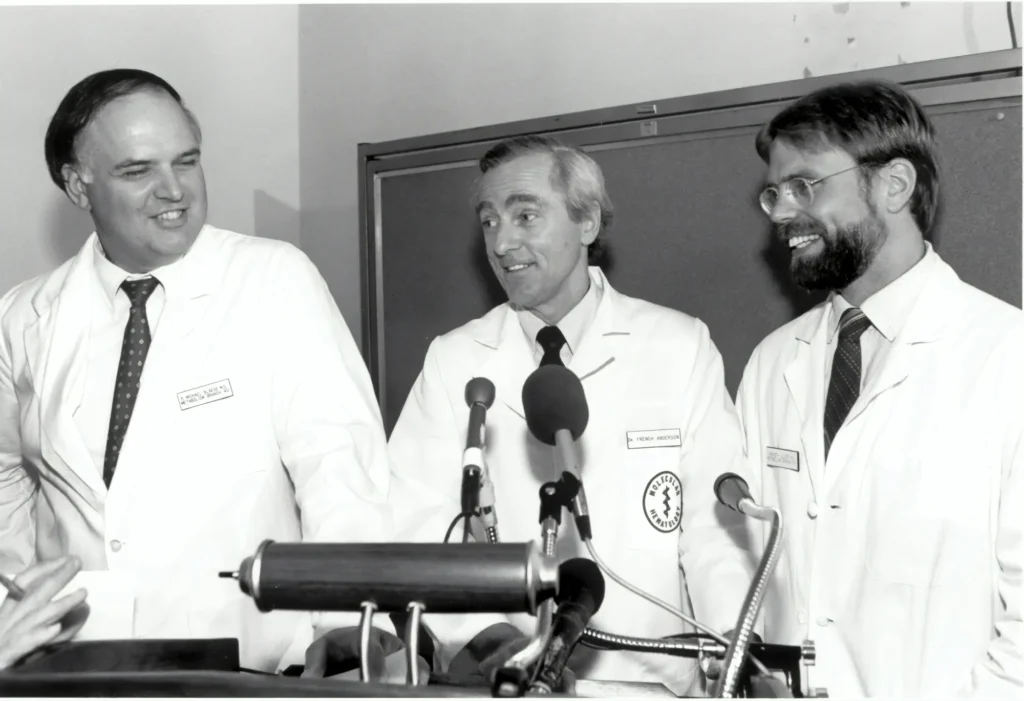When researching vasectomy, you may come across terms like open-ended and closed-ended procedures. These refer to how the vas deferens (the tubes that carry sperm) are handled after they are cut. Both methods are safe and effective, but each comes with different pros and cons. Here’s what you need to know before deciding.
What’s the Difference?
- Closed-Ended Vasectomy: The most common method. Both cut ends of the vas deferens are sealed (tied, cauterized, or clipped). This completely blocks sperm flow.
- Open-Ended Vasectomy: The testicular end of the vas deferens is left open, while the other end is sealed. Sperm can leak out of the open end and are naturally absorbed by the body.
Advantages of Closed-Ended
- Most widely performed doctors are more experienced with it.
- Lower chance of sperm granulomas (lumps that form when sperm leak out).
- Considered the “standard” technique in many clinics.
Advantages of Open-Ended
- May reduce congestive pain (pressure buildup in the epididymis from blocked sperm).
- Some studies suggest lower risk of Post-Vasectomy Pain Syndrome (PVPS).
- Often chosen for men with a history of scrotal pain or concern about chronic discomfort.
Risks and Trade-Offs
- Sperm granuloma risk: More common in open-ended vasectomy. Usually harmless and painless, but occasionally tender. In rare cases, they require treatment.
- Surgeon experience matters: A skilled doctor with either method will generally have better outcomes than a less experienced surgeon using the “ideal” technique.
- Effectiveness: Both methods are equally effective at preventing pregnancy once semen analysis confirms clearance.
Which Is Better?
There’s no universal “best” it depends on your situation:
- Closed-ended is safe, familiar, and minimizes granuloma risk.
- Open-ended may be worth considering if you’re especially concerned about chronic pain, and your doctor is comfortable with the technique.
Many men never notice a difference, regardless of which option is used. The most important factor is choosing an experienced provider and following recovery instructions carefully.
Final Thoughts
Open-ended and closed-ended vasectomies both provide highly effective permanent birth control. Open-ended may reduce long-term pain risk, while closed-ended reduces granuloma risk. Talk with your urologist about your health history, pain concerns, and which method they recommend.
Learn more about vasectomy complications and what to consider before choosing vasectomy.

